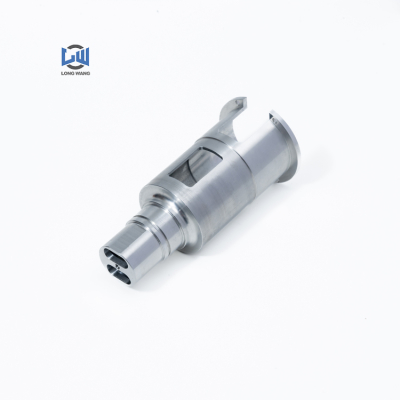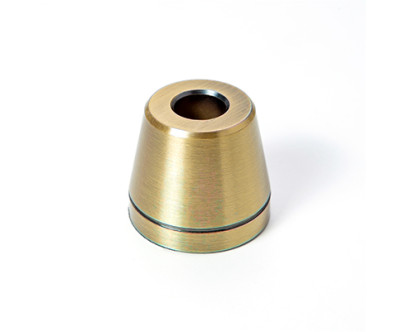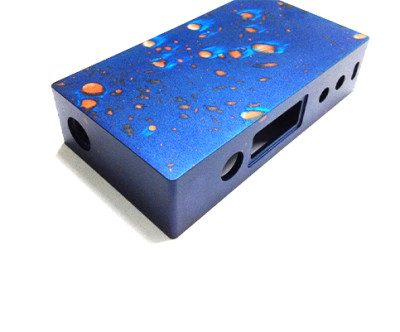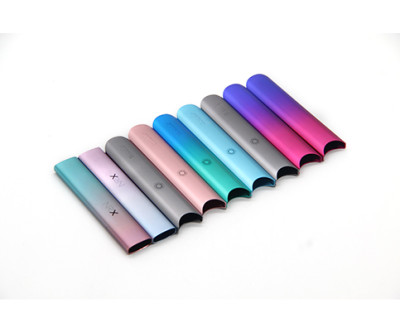Can high precision turning achieve mirror surface finishes?
High precision turning is a CNC machining process widely used in industries where tight tolerances and excellent surface quality are required. One common question is whether this method can achieve mirror surface finishes. The answer is yes, under the right conditions. With advanced CNC machines, sharp cutting tools, proper lubrication, and stable machining environments, high precision turning can produce surfaces with very low roughness values, sometimes close to Ra 0.2 μm, which is considered a mirror-like finish.
Materials such as stainless steel, aluminum, brass, and titanium respond differently, but with optimized cutting speeds, feeds, and tool geometries, impressive smoothness is possible. However, achieving a consistent mirror finish may also involve secondary polishing or grinding, depending on the part’s application.
In sectors like aerospace, medical devices, and optics, mirror finishes improve performance, reduce friction, and enhance aesthetics. Therefore, high precision turning is not only about dimensional accuracy but also about delivering superior surface quality.



